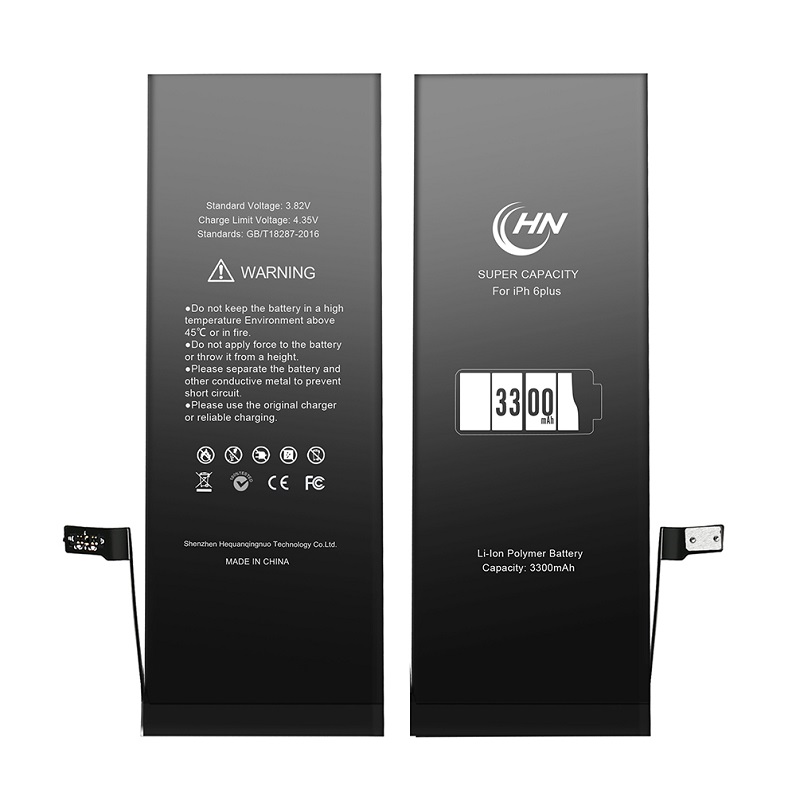It occupies an important position in wearable technology-not only in the form of processors, but also in the form of entire systems. Chip-scale assembly naturally has a foothold in the field of wearable devices, and the integration of package size and function is also important for wearable devices. If you are working in the electronics industry, you must have heard of the hot development of wearable technology. But the concept is not new, because the electronics of wearable devices has been improving our quality of life for nearly half a century. The true portable electronics came to the stage of history with the arrival of microprocessors in the 1970s. Since then, the industry has started mass production and miniaturization of electronic watches, hearing aids, portable music players, etc. Portable electronics is not new, but the classification is changing rapidly. Micro-electromechanical systems (MEMS) now make it possible to perfectly integrate array sensors so that they can gather information. The micro-controller is now very miniaturized and can be hidden perfectly, consuming very little energy. Unlimited communications and low energy consumption standards allow original, independently operated originals to be easily integrated with each other. Low-power LED and flexible display technology almost bring the world of science fiction to reality. Today, many wearable concepts are only constrained by energy management and battery life, but this is also changing because of the many advances in energy use and unlimited charging technology. Portable platform Almost everyone now carries a laptop to enter social networks, so the wearable market has a huge untapped potential. Many concepts about how to integrate electronics are still new and still in the prototype stage. In the wearable electronics industry, the combination of electronics and sensors to collect information is only part of it. The development of creative applications invented by microcontrollers is another less obvious part. But with the emergence of products and new concepts, the integration of very different technologies in semiconductor assembly has paved the way. The wearable device industry is about to blow out, and innovation in electronic assembly is a major reason. The appearance of wearable devices at the 2014 International CES caused a sensation. Among the products that have gained trust among consumers are fitness and health trackers, smart watches and wristbands, electronic textiles based on sensing and touch, personalized light clothing, and virtual reality displays. All of these pose challenges to assembly technology. 1. Wearable electronics integrates our clothing and body. The original purpose of designing them is to become a part of our clothing, and integrate into our daily wear, even tattoos are also possible! Essentially, fitness wristbands that are data collectors are everywhere. They use accelerometers and touch temperature sensors to track and record activities. Some also use motor controllers and vibration fusion as reminders, LED fusion as sculpture and light inspection, and dual display fusion as more advanced interactive products. The form factor must be small, flexible, and able to survive in any environment in which humans live. People have similar expectations for smart watches, but it adds touch displays to mobile platforms, more complex interactions between cameras and fast data communications. Just like the devices in the early Bond 007 movies, these devices may eventually be able to replace or enhance mobile phone applications. Because of this, smart watches add high energy and heat management to wearable devices, increasing their complexity. Taking this trend even further is the application of portable head-mounted displays (HUDs). Driven by Google Eyes, HUDs have become popular, and they integrate all the elements of smartphones in a convenient glasses platform. HUDs require first-rate miniaturization, interaction and thermal management. Other product concepts, such as smart electronic textiles, have taken a different path. These textiles integrate telescopic, compression and touch sensor elements that can be fused inside the fiber itself. Personalized clothing with LEDs and touch-based interaction must exist flexibly between electronics and links hidden away from the material. Even less obvious components are smaller and embedded in jewelry. Some fusion applications have found special positioning in clothing Reed, such as the increasingly popular smart shoes for personal training. The electronics in the smart shoe and the sensors in the hole fuse together to report weight distribution, strength and activity. All these wearable electronics have similar functional requirements: The design and form of these electronics must be inconspicuous or even invisible. Electronic components must be safe and reliable enough to withstand the human environment and have a long lifespan. Electronics in contact with the skin must have a comfortable thermal operating range. Assembly plays a key role in all these areas. Design and form factors Form factor occupies an important position in wearable technology-not only the form of the processor, but also the form of the entire system. Chip-scale assembly naturally has a foothold in the field of wearable devices. The combination of packaging size and common functions is also important for wearable devices. For demanding processor applications, 2.5D and 3D multi-chip mode applications are only a small, weak form for wearable devices like smart watches and Google Eyes. Minimized wire connection requirements outside of assembly allow for a more fused fusion on miniaturized PCBs. Assemblies like QFN, uCSP and CSP are very popular solutions for power management, microcontrollers and wireless functions because of their small size. They can be used on small PCBs or fused with circuits. Because more and more wearable applications have been released and are also in production, the market will continue to turn to SiP to integrate more common functions. Functions such as power management, sensors and micro control area can be combined based on application utilization. Because many technologies require very many different production procedures, assembly and fusion is the next step toward miniaturization, which can provide some obvious advantages to the system. Communication technologies like Bluetooth have high energy requirements and can also be applied to some wearable products, but most of the communicable technologies only require low-energy transmission standards. These products use RFID. The fusion of antennas on different chips makes many design forms possible. Calorie consideration Wearable electronic products pose some unique thermal design challenges for assembly and the entire system. The operation of temperature is not determined by the reliability alone, the equipment must also maintain a certain suitable temperature. The electrons in contact with the skin must maintain an ideal temperature equal to or hell human body temperature 37 C (98.6 F). Temperatures above this are uncomfortable and hot. If the temperature is still higher, it will cause pain to the user. This design challenge is a problem for processor-intensive applications and having complex display components. 2. The skin is very sensitive to changes in heat, which will cause pain to the user. The good news for wearables is that the human body is also a great temperature regulator. The skin temperature is lower than the normal body temperature and can dissipate heat. This increases the potential energy consumption of wearable devices. Of course, it depends on how and where these devices are worn. 3. Google Glass motherboard includes memory and processor. The main heat channel is directly connected to the heat storage in contact with the skin. The body's temperature regulation is limited, depending on the conduction and blood flow, but in general, the skin's conductivity is about 0.37 W / mC. The thermal design is a challenge for some smart watches and glasses. Because they have high thermal requirements for processors and assembly. The assembly and system solutions utilized by these products optimize the channels so that the advantages of skin contact can be used. But when relying on the human body, designers should also be vigilant. Skin contact may be intermittent, depending on the activity, or it may be hindered by clothing. And, if the device is removed, it still needs to operate at the proper temperature. Active heat monitoring and energy management are important for the good performance of the equipment and preventing the equipment from exceeding the comfortable temperature. This requires adding thermal sensors to the silicon and into the system to monitor operation and energy. This information is used in conjunction with clock management to make real-time adjustments to the operating frequency. Materials and environment The human body is not an ideal environment for electronic components. Although the temperature range of used equipment may be limited, the environment itself may be harsh. The electronics should be operated in a very humid and dusty environment. Many materials used in packaging and motherboard assembly are very sensitive to humidity and require complete encapsulation of all electronic components. Material interaction has chemical and mechanical elements. These elements can drive measurement and testing to optimize the use of end-system Reed assembly, coating and even packaging. End-customers with less knowledge will rely on component manufacturers to ensure compatibility and provide measurement models for machine evaluation and reliability. Many mechanical-based interactions can be brought out by temperature-based cycles that include tests based on humidity and pressure. The effects of stretching and deformation extend beyond those connected to the PCB. Pressure also affects the operation of the circuit, especially the MEMS used on the sensor. MEMS sensors are very dependent on some components. These components can detect changes in resistance and capacitance on metal and dielectric structures. When the structure is deformed, the value will change and an erroneous signal will be generated. The semiconductor industry will also be affected. To fully meet the form requirements of wearable devices, more complex circuits must be required. In this case, the boundaries between circuits, assembly, and end systems will become increasingly blurred. Some products that can be fused with clothing should also be considered for survival when being washed. It is clearly a brand new field to define what is necessary for robust reliability. Now, the entire industry is still in its infancy. For the products to provide high-quality services while having low energy consumption, this is a problem that the entire industry needs to think about. There is very clear evidence that more and more applications will be integrated into our daily lives. The method of assembly will be more diverse.
Distinguishing
from the standard battery,we Hequanqingnuo technology shares you the iPhone
High Capacity Battery which takes more advantages of long lasting,durable
using and fabulous capacity.
Models are
clarified according to higher capacity from standard Iphone Battery ,universal 2200mah for IPhone 6 Battery , Iphone 6S Battery ,iPhone 7
Battery and 3300mah for iPhone 6
Plus Battery,IPhone 6S Plus Battery,and IPhone 7 Plus Battery.
By using the
global unified technical standards,our Iphone High Capacity Battery featured
of original quality,greater capacity.From the original,capacity
updates,incremental 385nAh~550mAh,life more durable.
Super battery still with 95% health after 400 times
of internal charge and discharge
experiments,it`s twice life span than the original one.Our Cell Phone
Battery adopts the 2018 upgraded IC cell technology and uses the latest 0
cycle battery technology to make sure larger capacity and more durable
using.The cell upgraded from the old single-layer ion to the polyenergetic ion
cycle with stronger endurance.Other brand cell with single layer density of 300-400W/L,our
lithium battery is with double layer density of 800W/L.
Iphone High Capacity Battery,Iphone 6 High Capacity Battery,Iphone 5S High Capacity Battery,Iphone 5 High Capacity Battery Shenzhen Hequanqingnuo Electronic Technology Co., Ltd. , https://www.hqqnbattery.com
